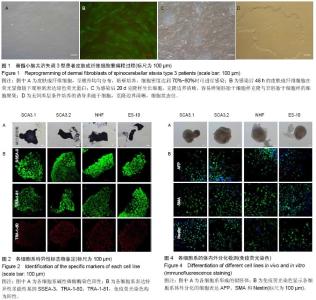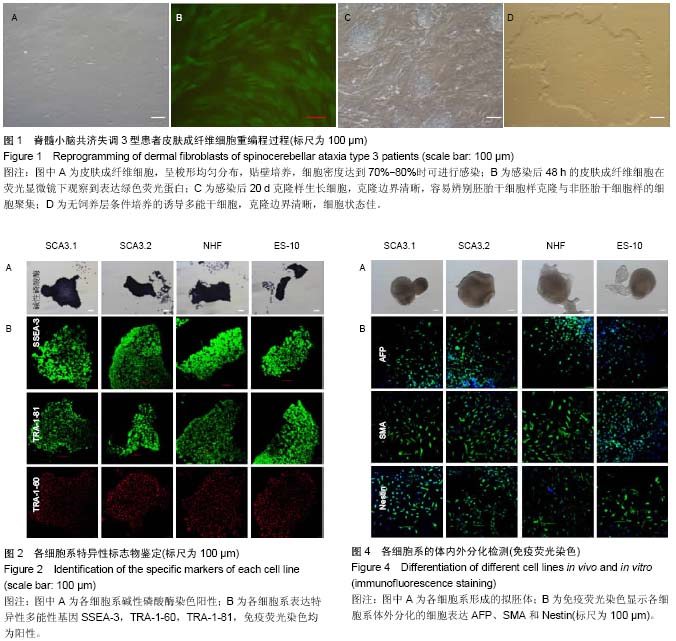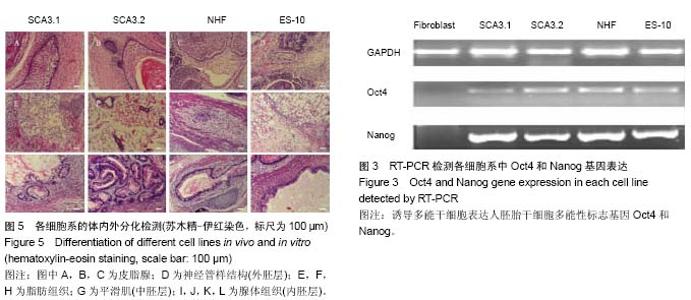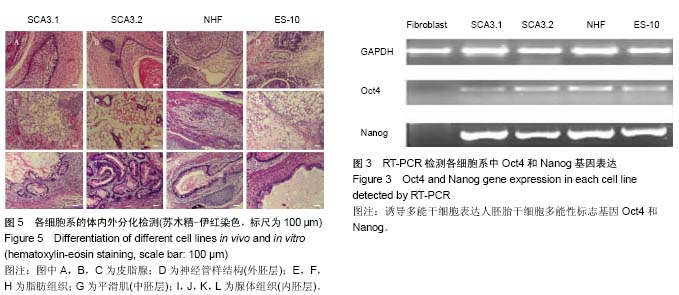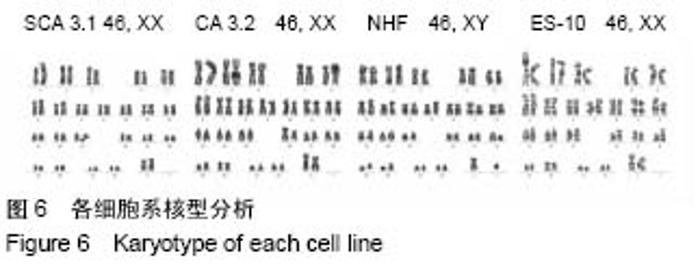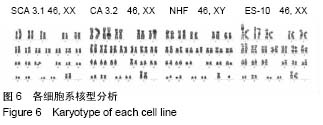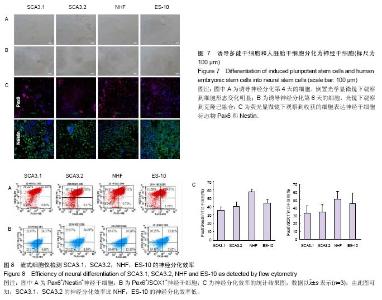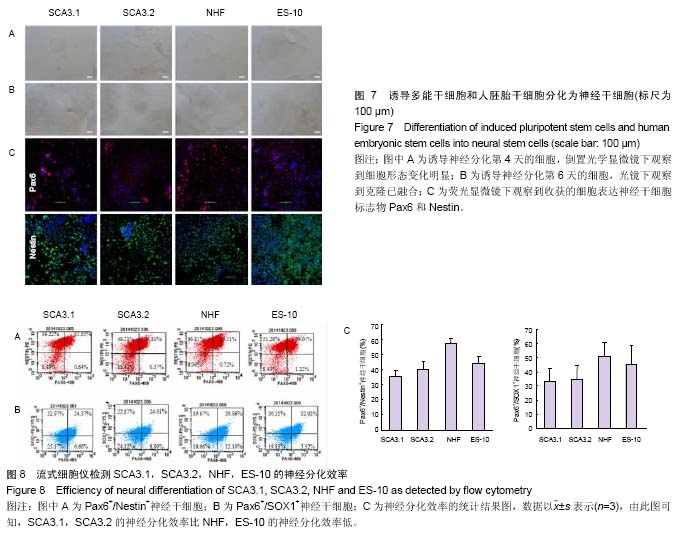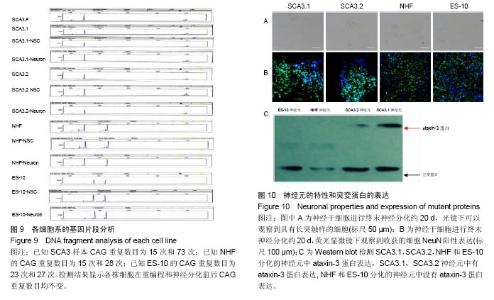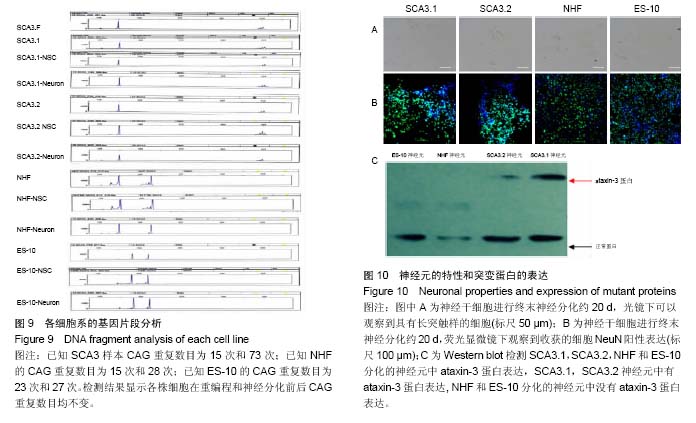| [1] |
Zhu Xuefen, Huang Cheng, Ding Jian, Dai Yongping, Liu Yuanbing, Le Lixiang, Wang Liangliang, Yang Jiandong.
Mechanism of bone marrow mesenchymal stem cells differentiation into functional neurons induced by glial cell line derived neurotrophic factor
[J]. Chinese Journal of Tissue Engineering Research, 2021, 25(7): 1019-1025.
|
| [2] |
Li Cai, Zhao Ting, Tan Ge, Zheng Yulin, Zhang Ruonan, Wu Yan, Tang Junming.
Platelet-derived growth factor-BB promotes proliferation, differentiation and migration of skeletal muscle myoblast
[J]. Chinese Journal of Tissue Engineering Research, 2021, 25(7): 1050-1055.
|
| [3] |
Wang Feng, Zhou Liyu, Saijilafu, Qi Shibin, Ma Yanxia, Wei Shanwen.
CaMKII-Smad1 promotes axonal regeneration of peripheral nerves
[J]. Chinese Journal of Tissue Engineering Research, 2021, 25(7): 1064-1068.
|
| [4] |
Zhou Wu, Wang Binping, Wang Yawen, Cheng Yanan, Huang Xieshan.
Transforming growth factor beta combined with bone morphogenetic protein-2 induces the proliferation and differentiation of mouse MC3T3-E1 cells
[J]. Chinese Journal of Tissue Engineering Research, 2021, 25(23): 3630-3635.
|
| [5] |
Xia Guoming, Xu Qiang, Liu Xuqiang, Yu Xiaolong, Dai Min.
Application and effect of induced pluripotent stem cells in bone surgery tissue engineering
[J]. Chinese Journal of Tissue Engineering Research, 2021, 25(19): 3077-3082.
|
| [6] |
Ni Jinghua, Luo Jia, Jiang Sen, Li Heng, Zhu Jianzhong.
Application and prospect of induced pluripotent stem cells in tumor diseases
[J]. Chinese Journal of Tissue Engineering Research, 2021, 25(13): 2127-2132.
|
| [7] |
Chen Qiang, Zhuo Hongwu, Xia Tian, Ye Zhewei .
Toxic effects of different-concentration isoniazid on newborn
rat osteoblasts in vitro
[J]. Chinese Journal of Tissue Engineering Research, 2020, 24(8): 1162-1167.
|
| [8] |
Zhang Wen, Lei Kun, Gao Lei, Li Kuanxin.
Neuronal differentiation of rat bone marrow mesenchymal stem
cells via lentivirus-mediated bone morphogenetic protein 7 transfection
[J]. Chinese Journal of Tissue Engineering Research, 2020, 24(7): 985-990.
|
| [9] |
Qin Xinyu, Zhang Yan, Zhang Ningkun, Gao Lianru, Cheng Tao, Wang Ze, Tong Shanshan, Chen Yu.
Elabela promotes differentiation of Wharton’s jelly-derived
mesenchymal stem cells into cardiomyocyte-like cells
[J]. Chinese Journal of Tissue Engineering Research, 2020, 24(7): 1046-1051.
|
| [10] |
Zhang Peigen, Heng Xiaolai, Xie Di, Wang Jin, Ma Jinglin, Kang Xuewen.
Electrical stimulation combined with neurotrophin 3 promotes
proliferation and differentiation of endogenous neural stem cells after spinal
cord injury in rats
[J]. Chinese Journal of Tissue Engineering Research, 2020, 24(7): 1076-1082.
|
| [11] |
Huang Cheng, Liu Yuanbing, Dai Yongping, Wang Liangliang, Cui Yihua, Yang Jiandong.
Transplantation of bone marrow mesenchymal stem cells
overexpressing glial cell line derived neurotrophic factor gene for spinal cord
injury
[J]. Chinese Journal of Tissue Engineering Research, 2020, 24(7): 1037-1045.
|
| [12] |
Wang Guoyu, Cheng Zhijian, Yang Baohui, Li Haopeng, He Xijing.
Olfactory ensheathing cell transplantation promotes the
ultrastructure repair at the lesion site of rat models of spinal cord injury
[J]. Chinese Journal of Tissue Engineering Research, 2020, 24(5): 699-703.
|
| [13] |
Tang Jingfeng, Zhang Jun, You Qi, Liu Yi.
The role and mechanism of graphene and its
derivatives-related composites in cartilage repair
[J]. Chinese Journal of Tissue Engineering Research, 2020, 24(4): 619-624.
|
| [14] |
Wang Wenhong, Li Yanjun, Cui Caiyun.
Factors influencing differentiation of stem cells from the apical papilla into odontoblasts
[J]. Chinese Journal of Tissue Engineering Research, 2020, 24(31): 5071-5078.
|
| [15] |
Chen Peishan, Zhang Haiyan.
Organs-on-a-chip and engineered human tissues in drug development
[J]. Chinese Journal of Tissue Engineering Research, 2020, 24(29): 4717-4723.
|
